Nobody Is Safe Until Everybody Is Safe
We must recognize the violence against Asian Americans as an outgrowth of structural racism in our society. And we cannot confront the former without taking down the latter.

A candlelight vigil following the Atlanta spa shootings in March 2021
Ringo Chiu/AFP via Getty Images
In most years, I mark this month by noting achievements and leadership among Asian Americans and Pacific Islanders, especially in the environmental and climate movement. But this year’s celebrations have been severely muted in the face of the continuing violence against Asians in this country.
From routine attacks on the elderly to the Atlanta spa shootings to the killing of Sikh workers in Indianapolis, acts of anti-Asian violence have spiked since March 2020. I’m weary of the shock and the predictability of the attacks, with the latest stretch as of this writing involving a hammer, a cinder block, and a knife (warning: violent content). It is hard to muster up the courage to take a walk alone.
Still, none of this is new: Anti-Asian racism has deep roots in this country; xenophobia existed long before Trump began calling the coronavirus the “China virus” and “kung flu.” This is evident in lawsuits such as the People v. Hall case of 1854, policies such as the Page Act of 1875, the Chinese Exclusion Act of 1882, and the Japanese internment camps during World War II. The tendrils of this institutional racism were there all along, dried as tinder. All they needed was a match strike.
It’s my job at NRDC to examine the environmental movement and articulate the nuances of injustice. As such, I understand the present-day attacks as an outgrowth of a racist society that has actively promoted what the environmental justice movement calls “slow violence.” The term describes the long-term assaults of air pollution, unsafe drinking water, and other structural inequities that disproportionately fall on people of color—Black and Indigenous communities in particular—depriving us of breath, of life, of futures.
Slow violence is rooted in a white supremacist system that marginalizes and dehumanizes people, which in turn gives way to fast violence that’s undergirded by a mentality that living in America is zero sum—that someone must lose in order for someone else to gain. The work of rejecting this mindset—as well as violence of all types—requires all of us to be anti-racist, deep down to the marrow of our bones.
To start, Asian Americans must understand our marginalization in the context of Black oppression to fully understand where we are. It begins with acknowledging that the United States was founded on slave labor—and that the country never made good on true emancipation of Black people. Instead, it kept reinventing the wheel of oppression. Black communities were disproportionately cordoned off from opportunities wholesale. Banks refused them credit and funneled their investments into white communities. If you follow NRDC, you may be familiar with the stories of these environmental injustices by now: Black and brown communities disproportionately situated near fossil fuel infrastructures and its air and water pollution, forced to rely on neglected water systems that endanger their health.

The system of white supremacy at the core of these inequities has pitted us against one another. Our society’s caste structure puts Black and brown people at the bottom, leaving newer waves of immigrants, like Asians in the 20th century, to distance themselves from Blackness. This is documented in Isabel Wilkerson’s Caste: “A two-tiered caste system raised the stakes for whiteness” and led to Supreme Court cases in the 1920s in which Asians tried to prove that they were white or Caucasian in order to receive citizenship. (The exclusionary rulings, founded on faulty logic that whites had racial superiority, led to naturalized citizens of Asian descent losing their citizenship.) The middle castes, such as people from Japan and India for instance, filled in the spaces between white and Black—the interstices between the center and the outermost margins.
In this rigid hierarchy, the fast violence we’re seeing now against the middle castes isn’t a surprise. This is the same system that produced the harmful myth of the model minority, even though many Asian Americans live in the margins in poverty, are also subject to shootings and death by police, and also feel their dignity slipping away under the ominous plumes of fossil fuel industries.
Add to the slow violence threats from emboldened white supremacists who see themselves as “upper caste,” using racist rhetoric to spread xenophobia and sow division. Then throw in a global emergency like COVID-19, which results in a hemorrhaging of jobs and opportunities and exacerbates the mental health crisis. The perfect storm.
And this won’t be the last storm. One of the consequences of our warming world is that we may see more diseases blowing up into pandemics, with dengue fever, Zika, Ebola being just a few known climate-related threats. The effects of the climate crisis are increasingly going to overlap with other converging, related crises; in fact, they already have. So if we want a resilient society and a future in which everyone can live a life of dignity, we are going to have to commit to some hard work for the long haul.
We have to start by contextualizing the violence against Asian Americans as individually racist acts in a structurally racist society and recognize that we cannot confront the former without taking down the latter. There is no other way to fight this violence of dominance and caste, both slow and fast, but to check our own privileges and our biases every day, find solidarity with one another across communities, and take responsibility as a society for the harmful systems that are still in force. I know that my freedom from fear depends on these actions, both individual and in the aggregate.

What could our anti-racism practices look like? I am encouraged by a growing number of people who are raising their voices for deeper systemic change and asking for transformative justice for the perpetrators of the individual acts of violence. Or finding organizations and supporting the tough work of communities that are asking for protection for and by their own, not from the violence of law enforcement. Or even making it their life’s mission to explore the root causes of this violence and build unity across divides without simplifying the narratives.
I am inspired by the long-standing solidarity between Black and Asian communities and the people making sure more know this backstory. People like Yuri Kochiyama, Grace Lee Boggs, and those who were part of the Red Guard Party are just a few historical examples. The sight of Asians standing up for Black Lives Matter, and Black and brown people at rallies to stop anti-Asian violence heals me and makes me feel safer. I am heartened by lists like this that tell white people how to fight systemic racism when it all seems so overwhelming.
We all have individual power that can scale up to something extraordinary. But we must consciously choose the hard work—of coalescing, coming together, and extending belonging—over the status quo. In the context of all the hardships on the horizon, nothing else will do.
This NRDC.org story is available for online republication by news media outlets or nonprofits under these conditions: The writer(s) must be credited with a byline; you must note prominently that the story was originally published by NRDC.org and link to the original; the story cannot be edited (beyond simple things such as grammar); you can’t resell the story in any form or grant republishing rights to other outlets; you can’t republish our material wholesale or automatically—you need to select stories individually; you can’t republish the photos or graphics on our site without specific permission; you should drop us a note to let us know when you’ve used one of our stories.



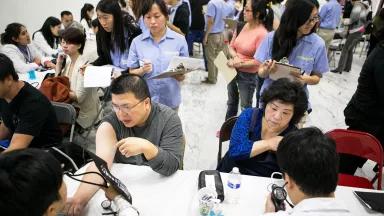
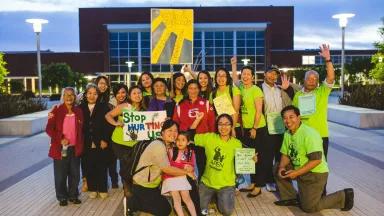
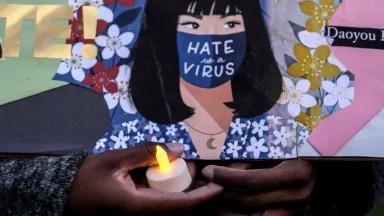
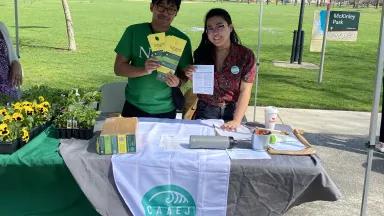
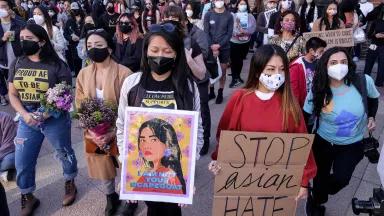
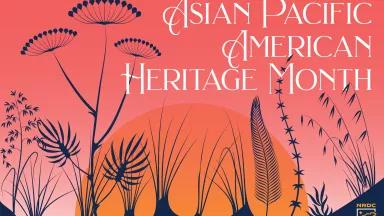
In Planning for Climate Change, Native Americans Draw on the Past
The Particulars of PM 2.5
What Is the Justice40 Initiative?